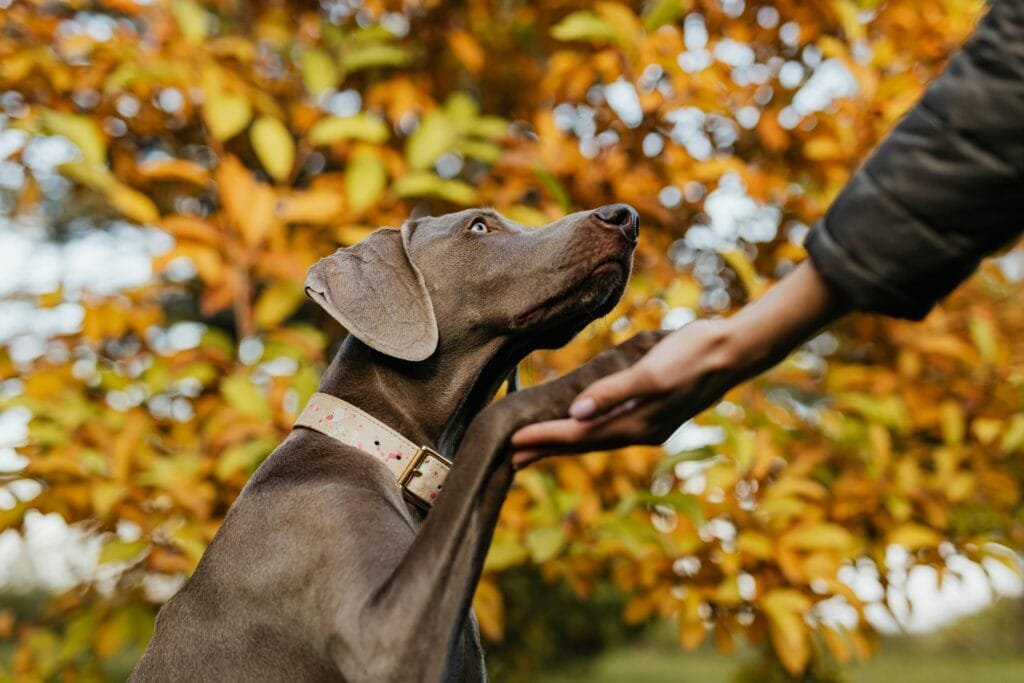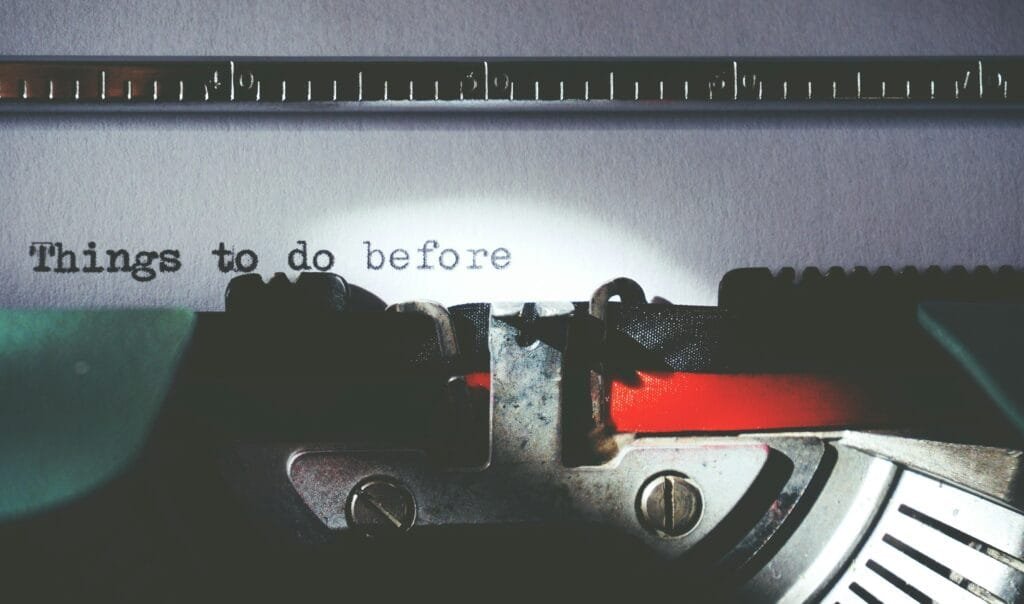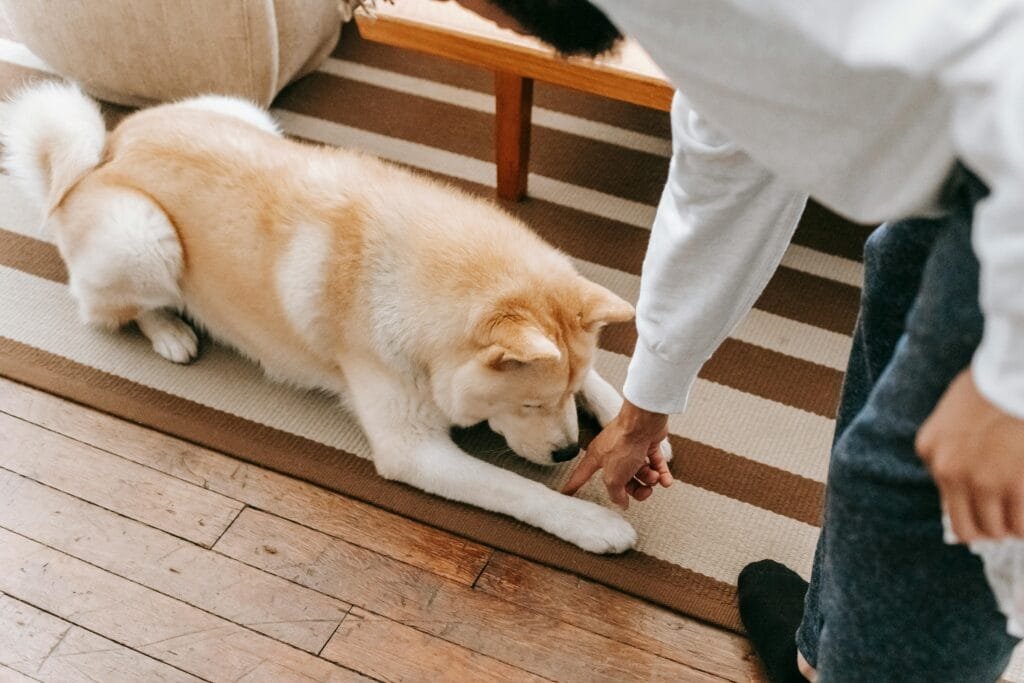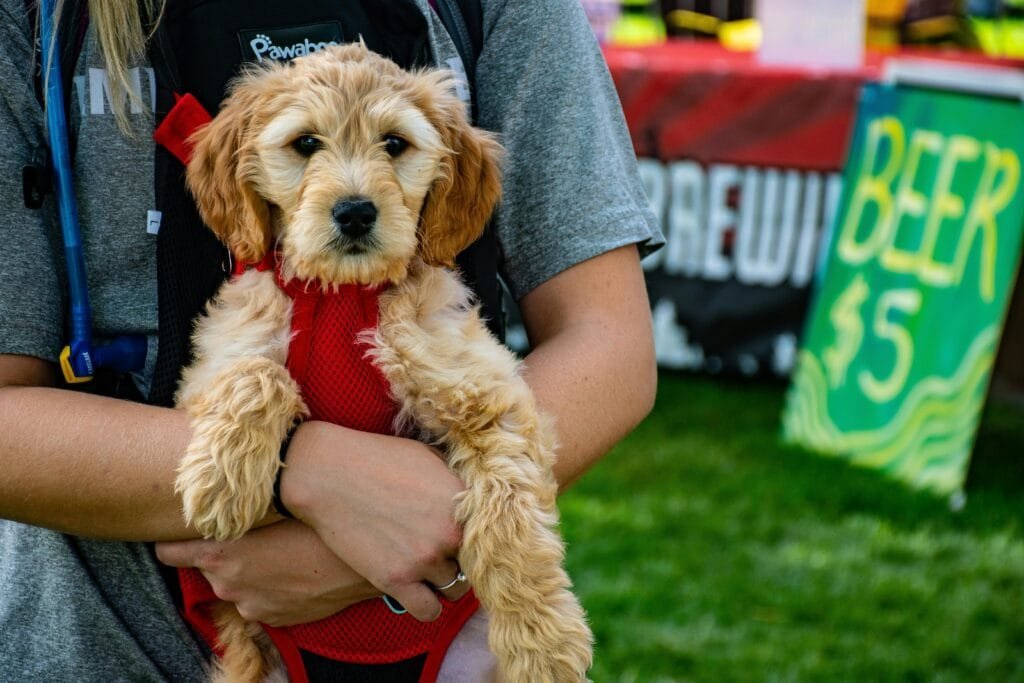Dog Training Foundations
Dog training foundations set the stage for everything your dog learns moving forward. These early steps are where trust is built, expectations are shaped, and good habits begin to take hold. This category focuses on the building blocks of communication, timing, reinforcement, and structure that help you create a strong foundation from the very first day.
You will find posts that walk you through key training concepts such as reward timing, reinforcement placement, basic cue introduction, and how to establish effective daily routines. We also explore how to set up your environment for success, avoid common mistakes, and recognize the difference between management and training.
Dog training foundations are especially important for puppies and newly adopted dogs, but they are equally valuable for guardians looking to refresh their skills or improve consistency. At Belle and Bark, we emphasize clarity, kindness, and science-based methods that help your dog learn without pressure or confusion.
By starting with strong training foundations, you make every future skill easier to teach and more reliable in real-world situations. Whether you’re introducing a marker, teaching your first cue, or creating a calm start to your day, the strategies in this category will guide you through each step with confidence.
Explore these posts to build your knowledge and set your dog up for success with well-timed, thoughtful training foundations.









